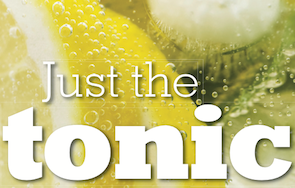The Japanese occupation of Java during World War II meant Cinchona plantations had fallen behind enemy lines. With scarcity and heightened demand through conflict in malaria-infested regions, American and European scientists set about synthesising quinine. The man-made version wasn’t as effective in combating malaria and other ills, but with the passing of time drugs were developed in its place and anyway, tropical diseases didn’t really trouble G&T drinkers.
Very low levels of quinine became the norm in modern tonic waters, with big brands emerging, utilising the artificial version to great commercial effect. Sources suggest the 83 quinine parts per million is the threshold enforced in the US – today it is 0.5% of the level of early tonics. Indeed, to fight malaria to any effect with a modern day G&T, some say it would take around 10 glasses per day. Some may find this harder than others.
The history of the gin and tonic
In 1825, the British India Company made a discovery (not for the first time: Indian Pale Ale was also theirs). In attempt to muzzle the mauling bitterness of the quinine soldiers took to ward off malaria, soda water, sugar and gin were added. Up against the quinine, possibly the sugar was a more important embellishment in this equation but there wasn’t much the British didn’t like to add gin to and thus the Gin & Tonic cocktail was born.




